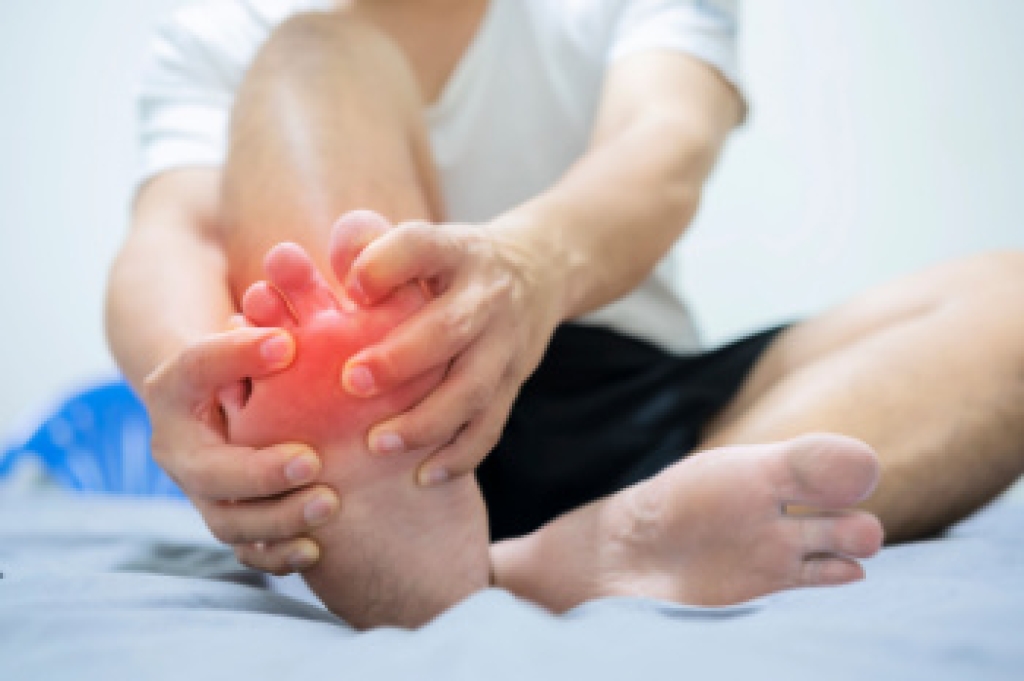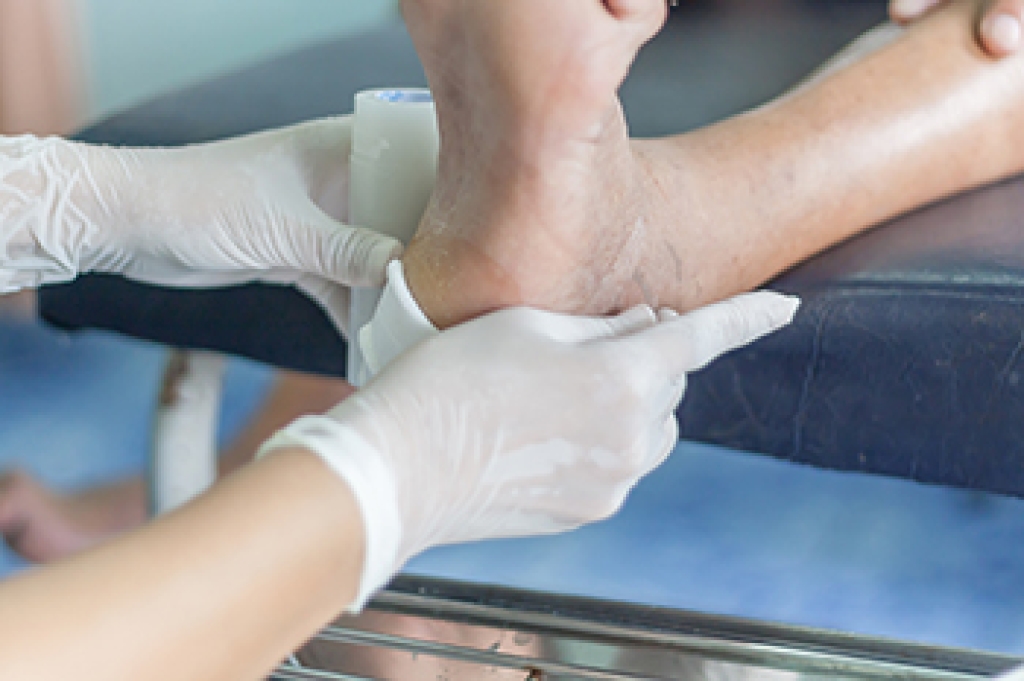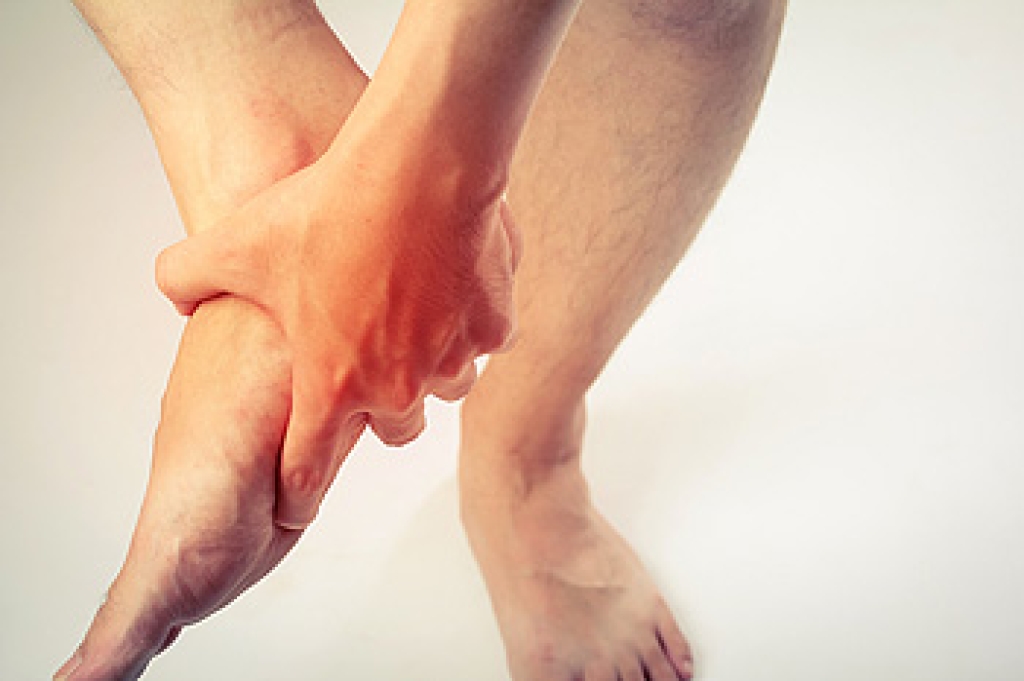
Getting a great fit in running shoes is essential for comfort, performance, and injury prevention. Proper toe fit allows toes to move freely without rubbing or crowding, reducing the risk of blisters and nail issues. Midfoot fit ensures the shoe supports the arch and prevents slipping, while a secure heel fit stabilizes the foot and minimizes friction that can lead to discomfort or injury. Shoe size and shape should match your foot structure and running style. A podiatrist can help by evaluating foot mechanics, identifying pressure points, recommending appropriate footwear, and suggesting custom orthotics, if needed. If running causes foot pain, discomfort, or frequent injuries, it is suggested that you consult a podiatrist who can treat various foot conditions, and provide additional guidance on how to choose shoes that fit properly.
Getting the right shoe size is an important part of proper foot health. Seek the assistance of Desiree Garzon, DPM from County Wide Foot, Ankle, & Wound Care. Our doctor will provide the care you need to keep you pain-free and on your feet.
Getting the Right Shoe Size
There are many people who wear shoes that are the incorrect size, negatively affecting their feet and posture. Selecting the right shoes is not a difficult process, so long as you keep several things in mind when it comes to choosing the right pair.
- When visiting the shoe store, use the tools available to measure your foot.
- Be sure there is ‘wiggle room’. There should be about an inch between your toes and the tip of your shoes.
- Do not always assume you are the same size, as manufacturers run differently.
- Purchase shoes later in the day, as your feet swell as the day progresses.
- If a shoe is not comfortable, it is not suitable. Most shoes can’t be ‘broken in’, and comfort should be the ultimate goal when it comes to choosing the right pair of shoes
As our feet hold our body weight and keep us moving, it is important to treat them right. Picking the right pair of shoes can provide your feet comfort and mobility without pain.
If you have any questions, please feel free to contact our offices located in Boynton Beach, and Wellington, FL . We offer the newest diagnostic and treatment technologies for all your foot care needs.




